|
Washington is a feast-or-famine city for amateur astronomy. Clouds and bad seeing can endure for weeks - even months - with little relief, and then, suddenly, the weather clears for a week. When that happens, I've learned to take advantage of it - no matter how tired or distracted I may be. So when the sky cleared last week, I was ready. Unfortunately, the first couple nights were marred by bad seeing. But the last two nights may have been my best since I started this hobby, many years ago now. On night one - on the seventh - I hauled my Vixen 115SED to a park about a ten minutes' walk from my home. With its various upgrades and attachments - including the diagonal - the Vixen weighs just under 15 pounds. My larger tripod - a Berlebach - weighs around 12 pounds. Everything else probably weighs about as much. Walking ten minutes with all that gear - in three big bags - is about all I can take. But I made it, and after thoroughly dousing myself with mosquito spray, I walked towards the center of the park. There, I found a depression screened with bushes: quite possibly the best observing site I've encountered in a city. As I unpacked, I found I was surrounded by rabbits. Over the next two hours, they would routinely hop by, some no more than six feet away. I could see the flash of their white tails bounding along from time to time. My attention, however, was elsewhere. The Moon would rise only after I had to walk home, which meant that conditions were ideal for deep space observing. Of course, while seeing was pretty good, transparency was much worse, and at the beginning of the evening banks of high-altitude clouds seemed to obscure exactly what I most wanted to observe. Still, even then I had a good look at some particularly beautiful and bright stars: Arcturus, for example, glowing like an ember in the dark. Whenever I take out the Vixen - okay, it's been just three times now - I'm impressed by how comfortable it feels to use. The size and weight seem just right to me. Stars meanwhile are absolute pinpoints, and the colors are just sublime. I'm convinced that a fine refractor will spoil every other telescope for the observer. There's just something about the sharpness and color that you can't get with another instrument - even if those other instruments lend themselves to much larger apertures. Anyway, tonight I wanted to observe some globular clusters. I started with M13, the Great Globular Cluster in Hercules. Every nebula, galaxy, and globular cluster aside from the Orion Nebula is a subtle find in DC's light polluted skies. Even the brightest require averted vision to see clearly, and the Hercules globular is no exception. Yet with averted vision, I could make out countless tiny stars: diamond fragments against black velvet. Next, I hunted down M80 and M92: two relatively bright globulars swimming in the most light-polluted part of the sky. They were not immediately spectacular, but then, of course, you think about it: the light coming through the eyepiece left its source during the onset of the Last Glacial Maximum (colloquially called the last "ice age"). There's something indescribably special about scouring the most distant reaches of the Milky Way. And these two globulars I had never observed before. The Ring Nebula (M 57) was last on my list. It was a remarkably easy find, and quite obvious despite its relatively low elevation above the horizon. I needed averted vision to clearly see the ring, and I just wonder what it would look like in a truly dark sky. Still, it's always surreal to see M57: a preview of the eventual fate of our Sun. I went to bed content on the seventh, then woke up on the 8th to realize that seeing and transparency early in the morning of the ninth would both be above average. I can't remember the last time that happened. With Jupiter, Saturn, Mars, and the Moon all slated to be in the night sky, I couldn't miss it. I set my alarm to 3:30 AM - then woke up at 2:30, exhausted but ready to go. I packed up my FC-100DC and walked out the door. This time I nearly blundered into a deer while entering the park. For some reason, that deer just wasn't interested in moving. I was again surrounded by rabbits and this time, a chorus of singing birds. It was beautiful. There were the planets and the Moon, all lined up - and there were high-altitude clouds, defying the weather forecast. For the next two hours, I switched from one world to the next, dodging the clouds as best I could. Here I find it hard to put in words the thrill I got when I turned the Takahashi to Mars. Mars is still many months removed from its biannual opposition - its closest approach to Earth in its long orbit - but the view through the Takahashi was so much better than anything I'd seen before that it truly was like I was seeing the planet for the first time. As you can read in this blog, in previous attempts to observe Mars I always wondered whether I could really make out its surface features. No such confusion this time. There was the south polar cap, bright and clear as day . . . and there were its dark albedo features, not only obvious but intricate in detail, despite the relatively small apparent size of the planet. I was flabbergasted. With focal extender screwed in - and even without - the Takahashi is a stunning planetary telescope. I realized just how stunning when I turned to Jupiter. At around 200x, I have simply never seen so much on the giant planet. You had the feeling that, if only you could get a little closer, you could see an almost Hubble-like level of detail. The seeing didn't quite let me do that, nor did those awful clouds. But still: it was stunning to see all those cloud features I'd previously seen only online or in books. Totally obvious - of course - was the great red spot, and over an hour I followed along as it moved toward the limb of the planet. The four Galilean moons were all lined up, and I could easily make them out as disks. Saturn was equally spectacular, of course. At around 250x, the view was a little dim with those clouds rolling in, but impressively detailed. It was not quite the best view of Saturn that I've had with the Takahashi - owing, I think, to those clouds - but it was close. Cloud features were plainly evident, as was the shadow of the planet on the rings - always a highlight for me. The Cassini Division clearly surrounded the entire planet. Not to be outdone, the Moon was just as impressive as the bigger, more distant worlds. The pictures didn't quite turn out as I'd hoped, but wow: the detail was perhaps even more spectacular than it was on May 31st, and this time without any false color at all. I observed at around 250x for a while, savoring the view especially with TeleVue Plössl eyepieces attached to a 2.5x PowerMate. Crater peaks and rilles in particular were breathtaking to resolve and follow.
I had one quick look at the Ring Nebula before the Sun came up. Although its constellation - Lyra - was now much higher in the sky than it had been on the 7th, the brilliant Moon made up for it by washing out fainter objects. The nebula was quite easy to make out, but dimmer - slightly - than it had been through the Vixen. Now the Sun was coming out, and I had to rush home for my young son's wakeup time. Having had just two hours of sleep, it would be a long day. But so worth it after such a memorable night.
2 Comments
Once again, the sky was clear and the seeing better than terrible last night, so out I stepped onto my rooftop. With a curfew on from 7 PM - what a strange and distressing time this is - I couldn't go outside. Luckily, there were very few people on the rooftop, and no helicopters hovering low in the sky. The Moon was three-quarters full, and with no planets in the sky and transparency quite low, it would be my focus once again. I really wanted to see if I could make out more chromatic aberration tonight through the FC-100DC; the view a couple nights back had made me reconsider the focal extender I'd bought for the telescope. A band of ragged clouds obscured the Moon as I stepped outside, but they passed within a few minutes. When the Moon emerged, I noticed no - and I mean no - chromatic aberration at all, not even on the lunar limb. The seeing was, by then, pretty unsteady, but I did manage to get some spectacular views of the crater Gassendi at around 200x. Nineteenth-century Selenographers imagined that the crater's central mountains changed in shape, betraying - they thought - signs of volcanism or perhaps even life on the lunar surface. It's been a joy for me to learn a great deal about the Moon's cultural and scientific history as I work on my next book. It gives added depth to these nights of lunar exploration.
Last year, Takahashi debuted a seeming upgrade over the 100DC: the 100DZ, a telescope with better color correction and even fewer lens aberrations. Observers report that, visually, there is not much difference between the DC and DZ - certainly not on most nights - but still, in this hobby you always want what is just out of reach. A telescope that promises to show you ever so slightly more, even once in a blue Moon, can be extremely tempting. However, last night clinched it: I'll keep the DC for now. The DZ is about a third heavier, and there is just something about having such a lightweight, easy-to-mount refractor that still shows so much. And now, with the extender, it's almost as though I have two telescopes in one, both just about perfect for different roles, and one that, apparently, shows absolutely no false color in my usual observing locations. |
Archives
March 2024
Categories
All
|

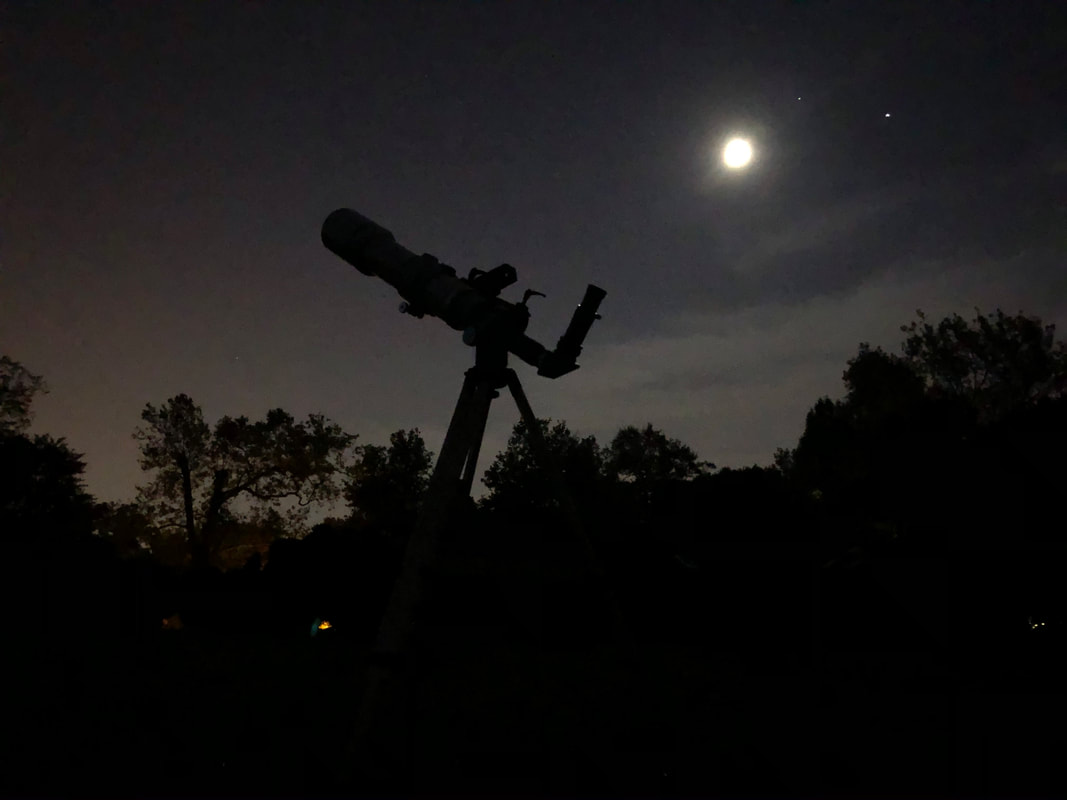
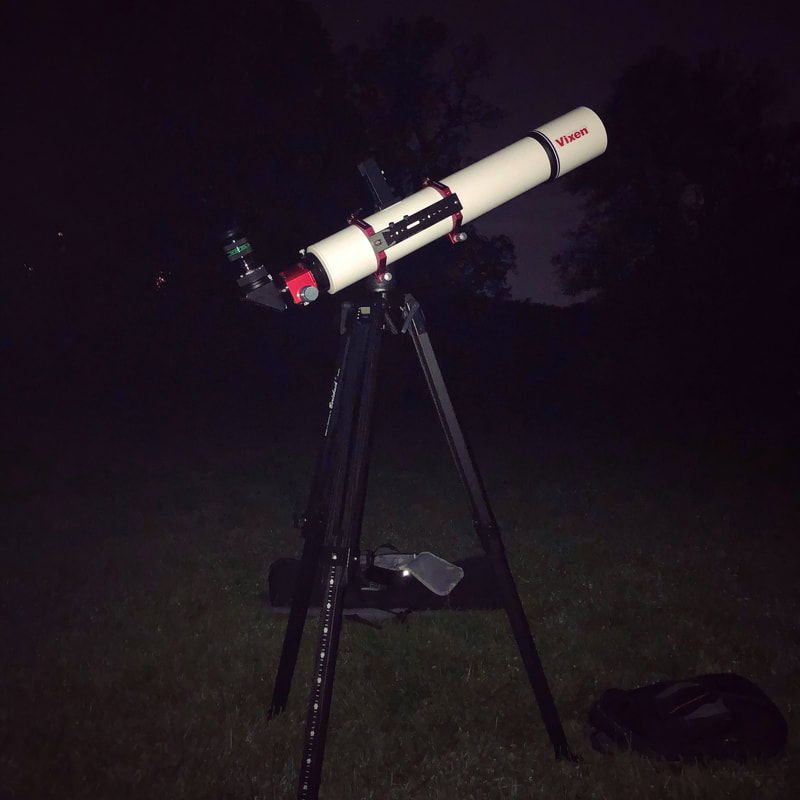

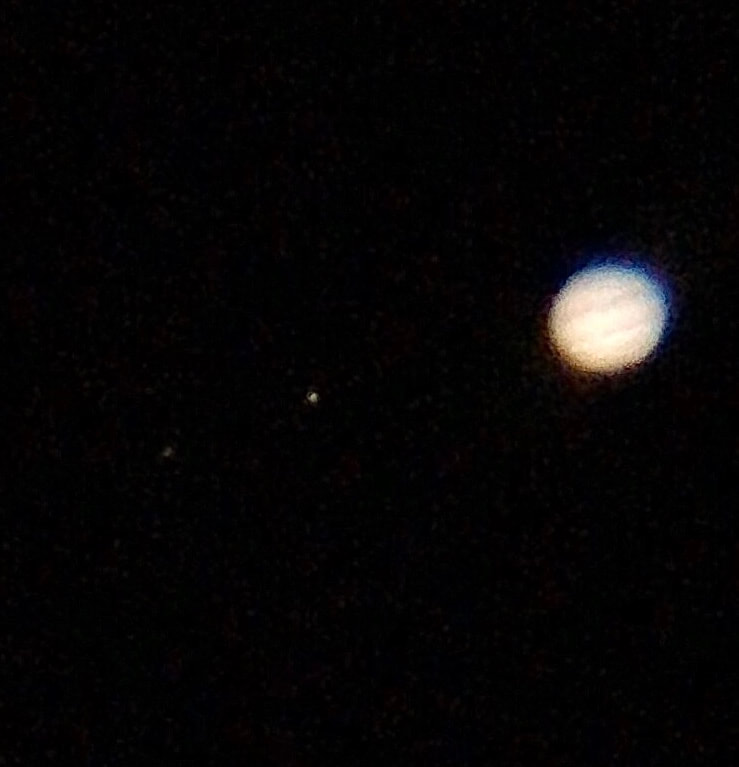
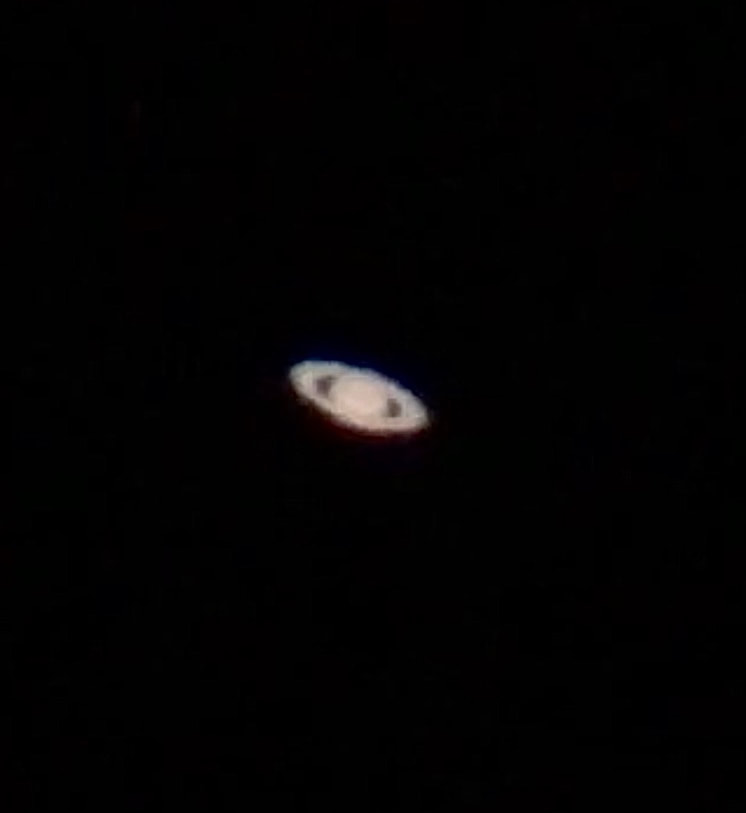
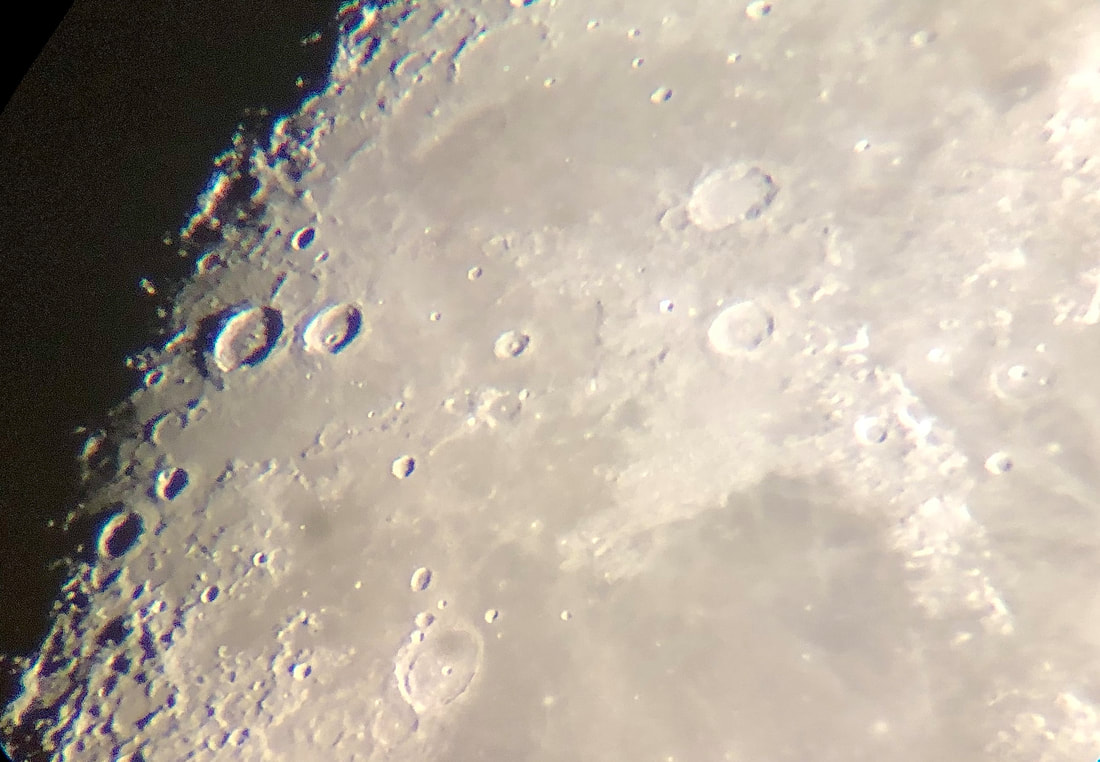
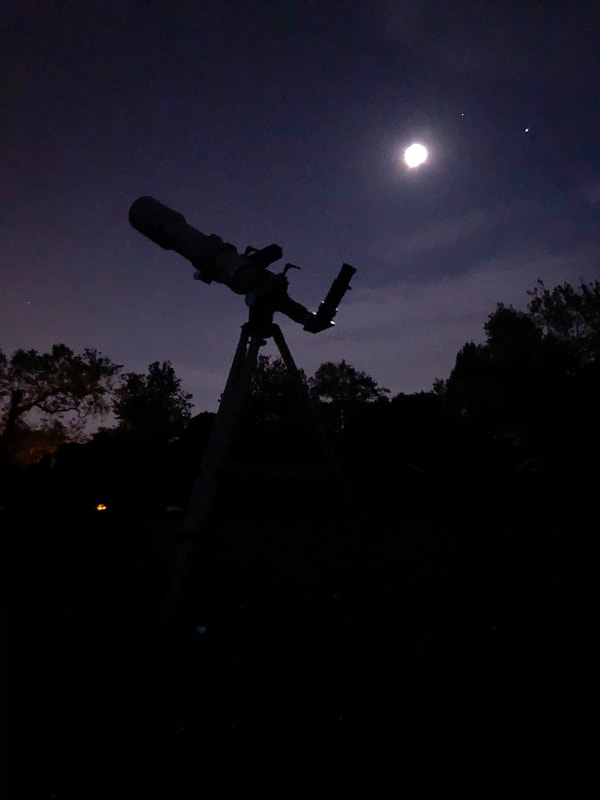
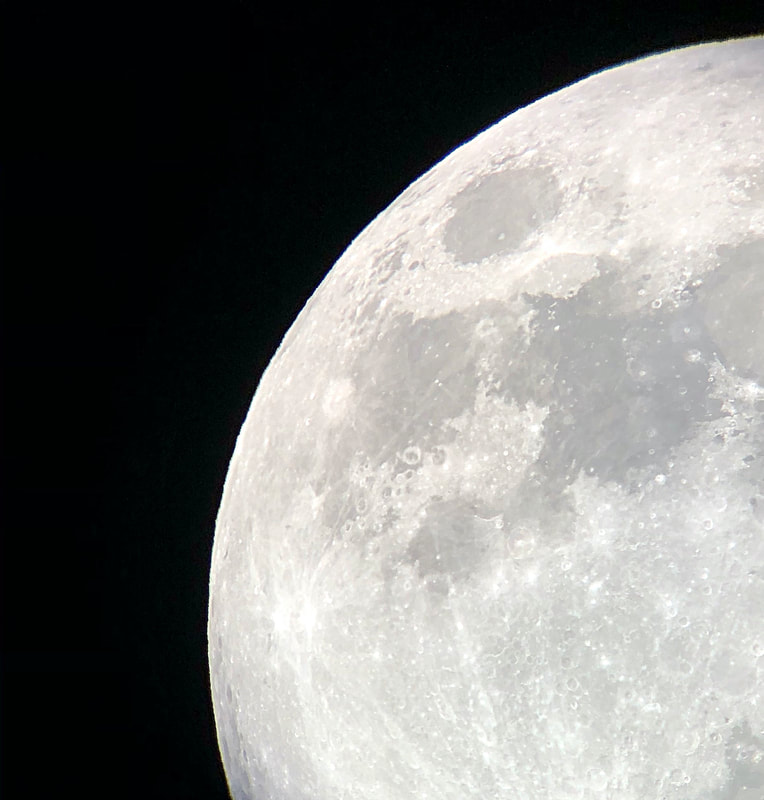
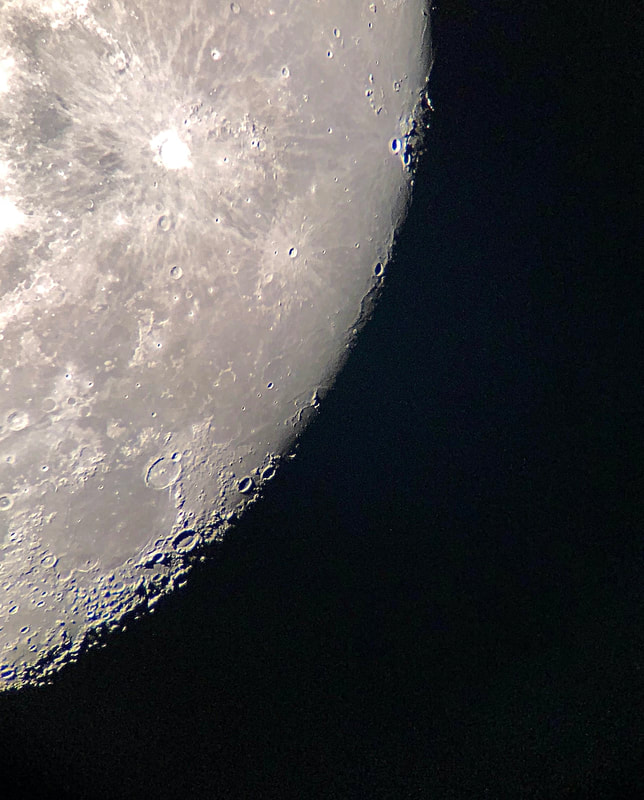

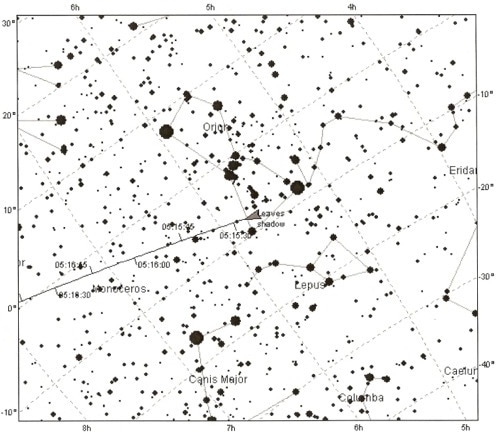
 RSS Feed
RSS Feed